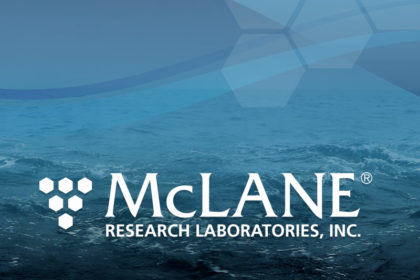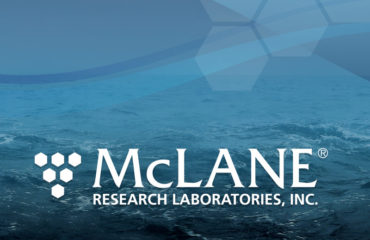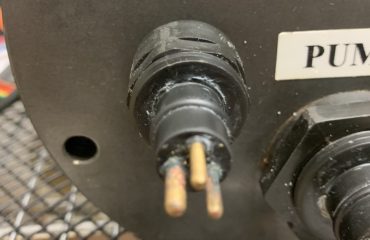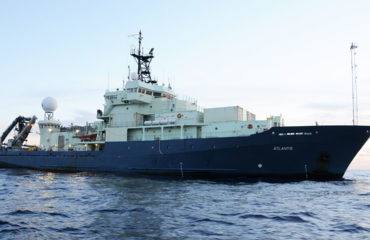
Scientists from the NSF-funded Whillans Ice Stream Subglacial Access Research Drilling (WISSARD) project which includes a McLane WTS-LV Bore-Hole configured sampler, have published a paper in the journal Nature about a viable microbial ecosystem found beneath a half-mile of ice in Antarctica. Venturing to this previously unexplored part of our biosphere has provided a glimpse of the nature of microbial life that may lurk under more than 5 million square miles of ice sheet. Analysis of the samples taken from subglacial Lake Whillans, the researchers indicate, show that the water contains a diverse microbial community, many members of which can mine rocks for energy and use carbon dioxide as their source of carbon.
WISSARD is a collaboration involving researchers at numerous institutions across the United States. The Bore-Hole WTS-LV is configured to fit through a 30cm hole in the ice and collects suspended and dissolved particulate samples in situ onto a 142nn membrane filter.



